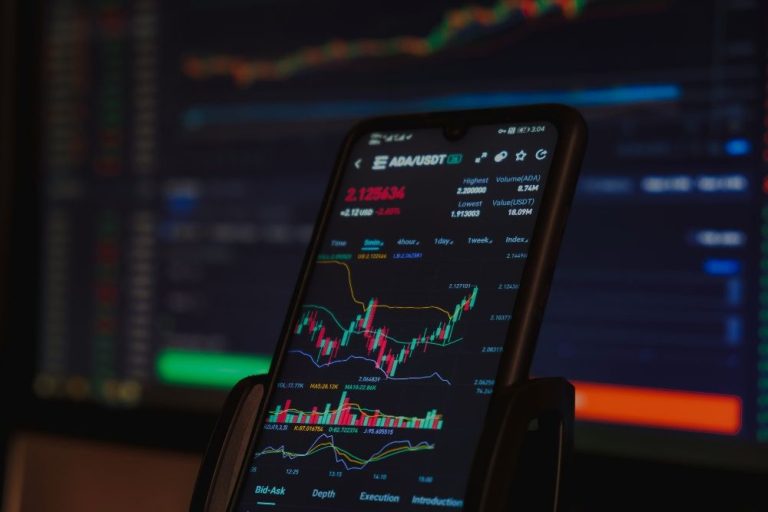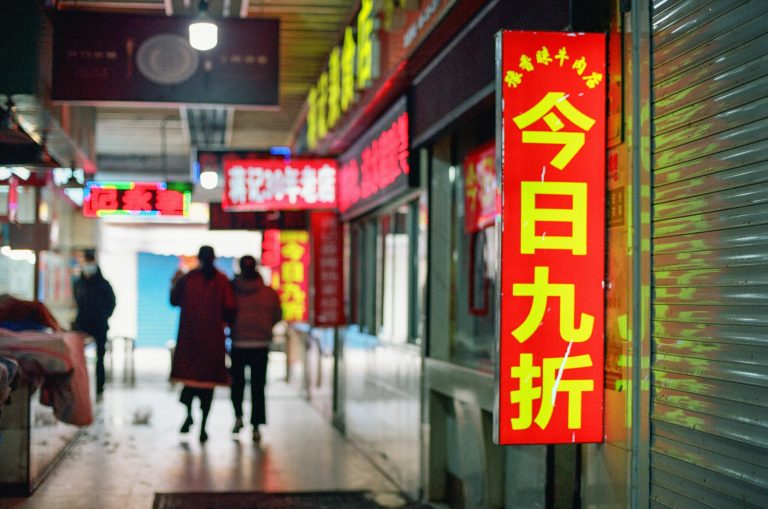Sei price remains under pressure in the past few months and is hovering near its lowest point since November 2023 even as its ecosystem continue doing well. The token was trading at $0.1750, down by over 75% from its highest level in December last year.
Sei ecosystem is doing well
The Sei token has plunged even as its network continued growing. DeFi Llama shows that the total value locked (TVL) has jumped to $393 million, up by 25% in the last 30 days. This growth makes it the 18th biggest player in the industry.
Sei has also become a bigger chain than other popular players in the crypto industry than Cardano, EOS, Mantle,TON, and Near Protocol.
The total amount of stablecoins in the network has also done well, reaching $191 million. In contrast, the figure is higher than Cardano’s $31 million, Cronos $140 million, and Kava’s $120 million.
The biggest dApps in the Sei network are Yei Finance, Sailor,Stargate, SiloStake, and Takara Lend.
More data shows that volume in Sei’s decentralized exchange network has grown. The volume handled in the network jumped by 19% in the last seven days to $133 million, bringing the total volume to $4.5 billion. The biggest DEX networks in the chain are Sailor, Dragon Swap, Uniswap, and JellyVerse.
Sei price has crashed even as the community remains highly bullish. CoinMarketCap data shows that it has a bullish sentiment score of 90%. Only Gala, Chainlink, Kaspa, and Pi have a higher ranking.
Read more: SEI plunges after Sei-based Filament Finance suffers $572K attack
There are two possible reasons why Sei price has crashed despite the strong fundamentals. First, the number active addresses on the network has continued falling in the past few months. These addresses peaked at over 500k in January and have now dropped to 300k.
Second, Sei is a highly inflationary token because of its regular unlocks. It unlocks 224.8 million tokens worth over $39.1 million every 15th of each month. This figure will drop to 121.1 million in September and to 119.8 million in September of next year.
Token unlocks are seen as being bearish because they introduce new coins in the market, diluting existing holders. These unlocks also affect the staking reward offered to holders. Sei has a staking yield of 5.07%, a figure that has dropped in the past few months.
Sei price has also plunged as the app revenue in the network plunged. Data by DeFi Llama shows that the monthly app revenue has dropped to minus $79k, down from a high of $1.37 million in October last year.
Sei price prediction
SEI price chart | Source: TradingView
The daily chart shows that that the Sei price has been in a strong downward momentum in the past few months. Most recently, it peaked at $0.7347 in December and then bottomed at $0.1320 this month.
Sei remains below all moving averages, a sign that bears remain in control for now. The token has moved below the key support at $0.20, its lowest level in August last year.
On the positive side, Sei price has formed a falling wedge pattern, a bullish reversal sign. Therefore, with the bullish sentiment rising, there is a likelihood that it will bounce back, and hit the crucial resistance level at $0.20. A break above that level will point to further gains, potentially to the key resistance level at $0.2872. A break below the support at $0.1320 will invalidate the bullish view.
The post Sei price prediction: is it safe to buy the dip amid its DeFi growth? appeared first on Invezz










